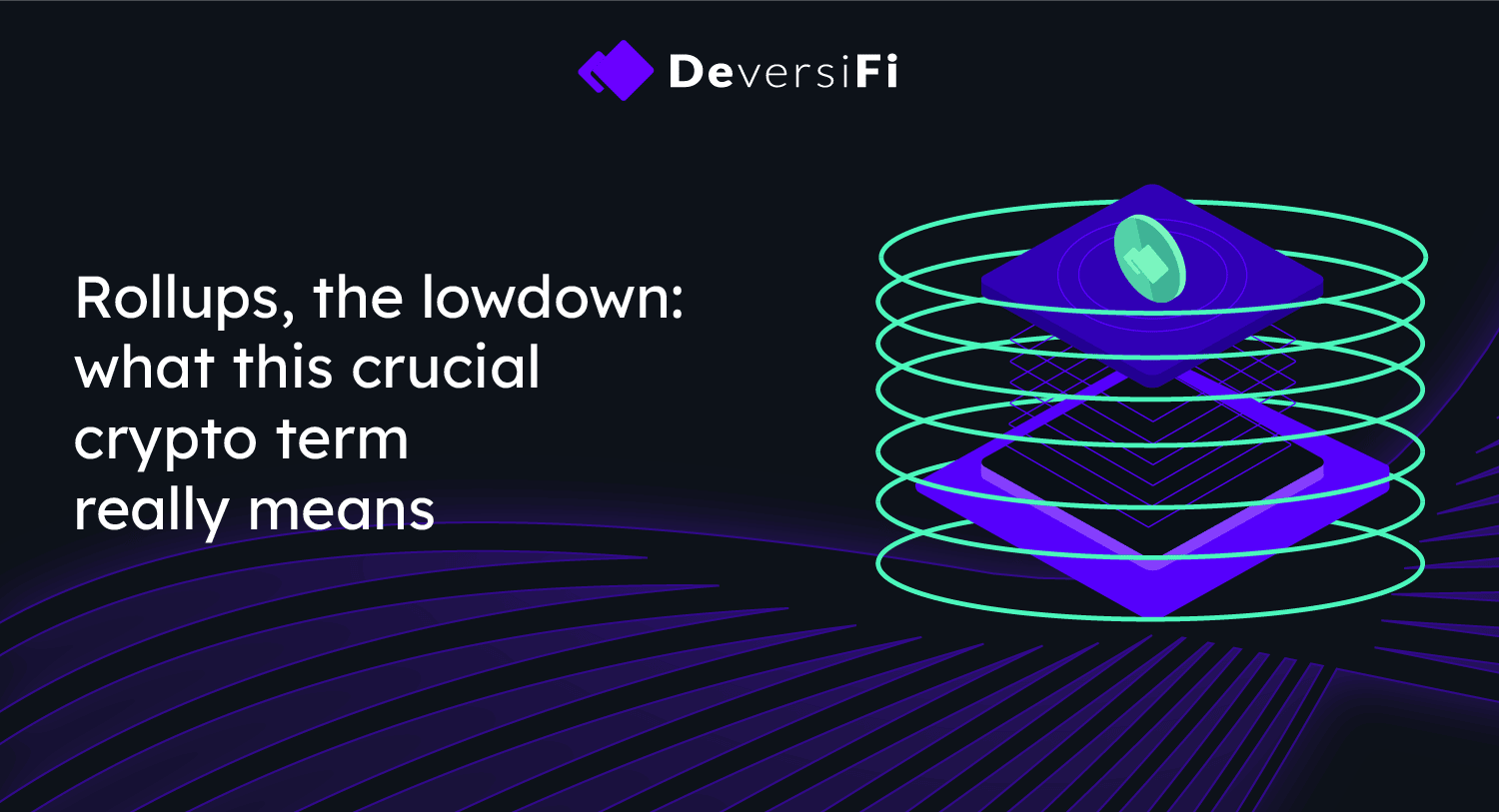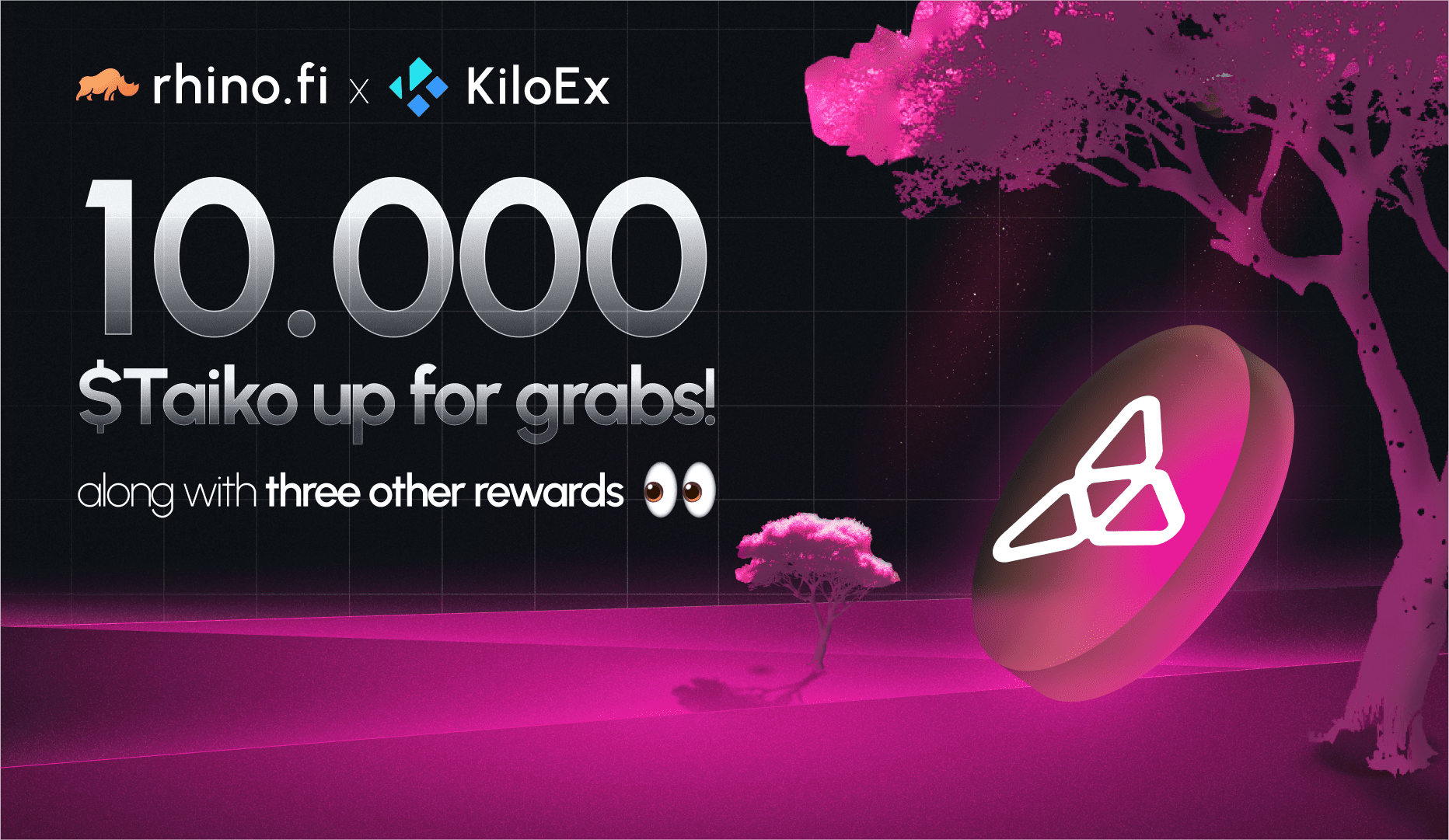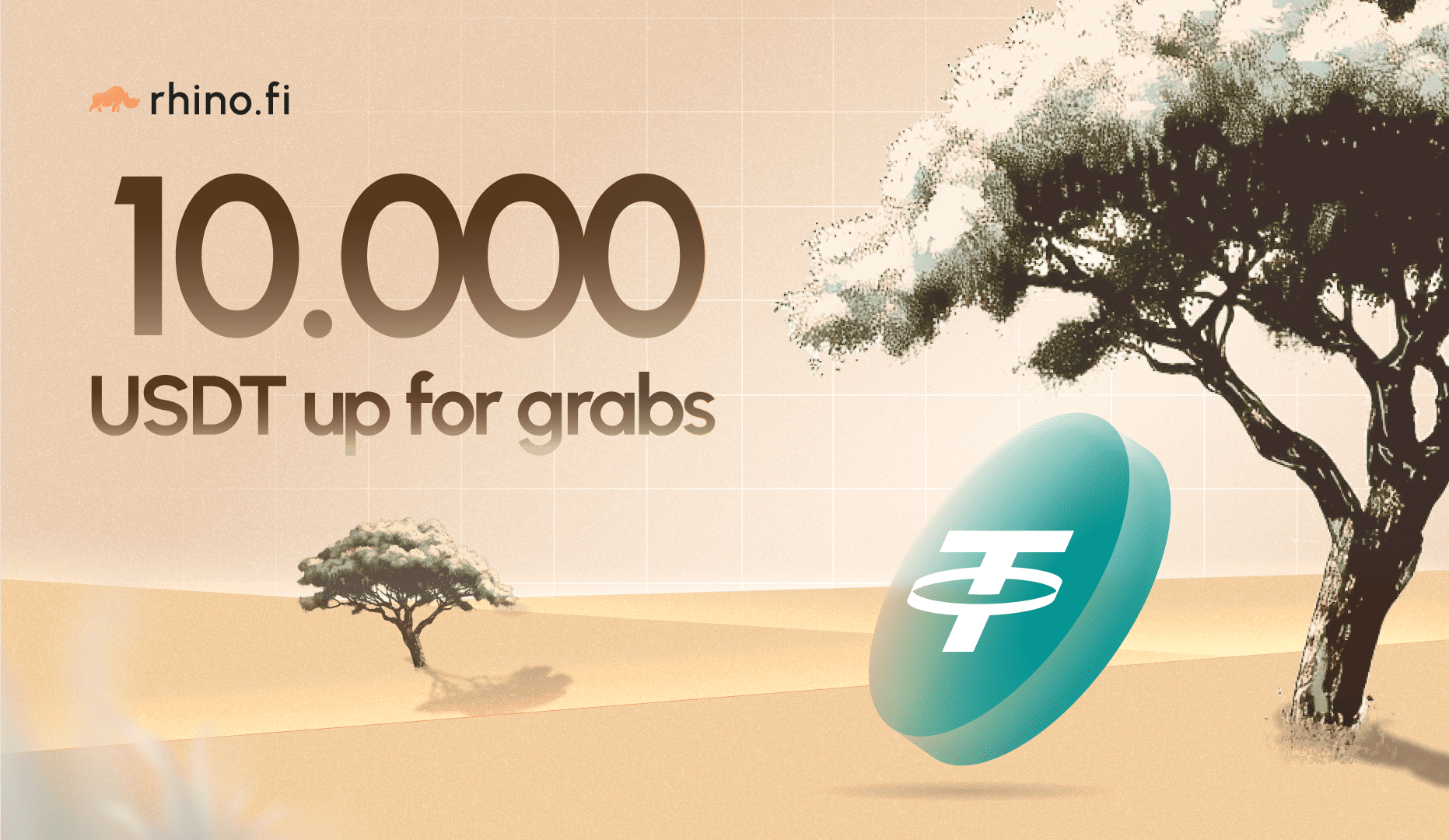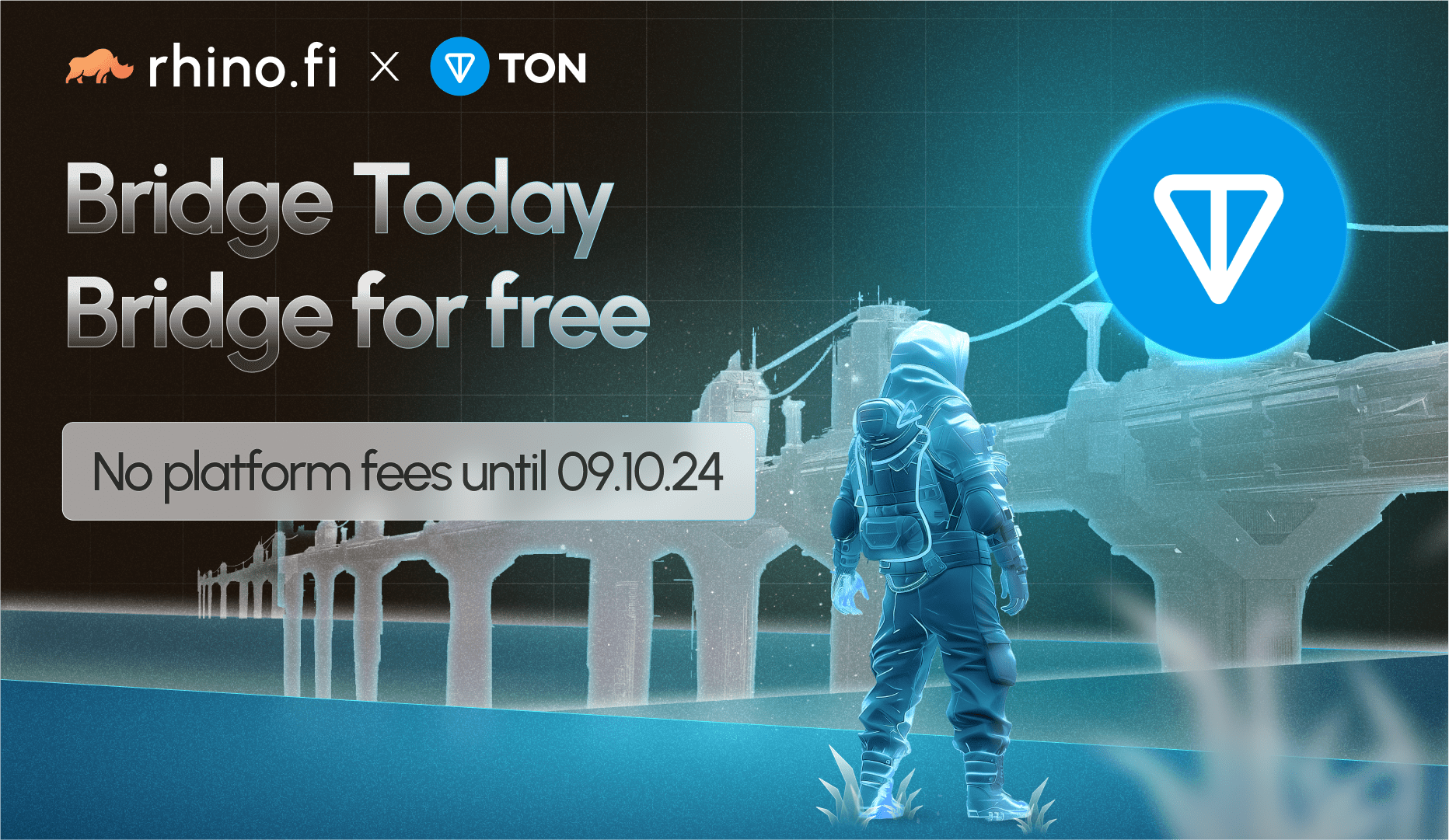For years it was a word that applied to circuses, cigarettes and gym mats. But now ‘rollup’ has a crypto edge too.
The term refers to a growing band of projects that have sprung up over the last couple of years and orbit the main Ethereum blockchain, including DeversiFi.
These rollups sit on layer 2, which means they are built on top of the primary Ethereum network, and they are designed to solve the basic challenge facing the main blockchain: a huge amount of demand and limited computing power. They take transactions off layer 1 and handle them independently, removing much of the congestion in the process.
But, despite the crucial role they play, many users still don’t know what the term ‘rollup’ even means – or at least they don’t understand it fully. Let’s help you fix that now.
What Rollups are
Rollups are actually one of several different kinds of layer 2 solution. Each of these variants differs slightly, but they are all working towards the same objective: reduce the strain on the main L1 Ethereum blockchain by handling transactions more quickly.
The main Ethereum blockchain is now so popular, so sought-after, that it is struggling to cope with the demand from its community. As we’ve explained in our companion guide to layer 2, the main blockchain can only process a handful of transactions per second, due to limits on its computing power and validation technology. But really, it needs to be able to handle several hundred.
This is leading to lengthy delays when processing transactions – up to 10 minutes in some cases – as well as hefty gas fees. Because so many people are clamouring to get on the network, Ethereum has to charge high prices for a share of the computing power.
Layer 2 solutions are designed to share some of this load. These projects inherit many of the core features of the Ethereum blockchain – notably the security features – but they can execute transactions on their own. They take these transactions off the layer 1 blockchain, process them and finally return them to the main blockchain, so there is a permanent record.
In the case of rollups, these projects use smart contracts to bundle the transactions (or ‘roll them up’). Then they take them away to be processed in bulk, compress them, and finally return them to the main blockchain when they’re done.
So each transaction is endorsed by the main Ethereum blockchain, but everything happens in clusters, so the whole process is quicker. What’s more, the rollup can use a much faster verification method to speed up the whole process.
In fact, there are two main types of verification: optimistic rollups and zero-knowledge rollups. Let’s take a quick look at each one.
(Full disclosure: DeversiFi is a zero-knowledge rollup, so we’ve kind of got a dog in the fight here. But we’ll explain each one as impartially as we can).
Optimistic rollups
Optimistic rollups assume all transactions are valid by default. They don’t compute each transaction to ensure the workings are correct; they simply propose the new state (the adjusted values of each party after the transaction) to the Ethereum mainnet, acting as a kind of registrar.
This isn’t to say that the rollup doesn’t process any transactions. It does… but only if the transaction is challenged by users during a designated period. So, in this case, the burden of validation is placed on the community, rather than the technology.
Because transactions are often passed through without computation, optimistic rollups are extremely fast. In fact they can be hundreds of times faster than those carried out on the main blockchain. However, with so much resting on goodwill and good faith, there are obvious security implications.
Zero-knowledge rollups
We’ll explain how zero-knowledge proofing (ZKP) works in detail in a future post. But, be warned, it’s complicated! For now, let’s keep it as simple as possible.
With ZKP, the two sides don’t exchange core information like passwords. Instead, the verifier challenges the prover to complete a series of complex puzzles, which involve specific steps. The prover cannot complete these steps unless they possess the required information.
Think of it like going through a maze with a door in the middle, and the door requires a secret code. To prove you know the code, you don’t need to reveal it. All anyone needs to know is that you’ve completed the maze.
By challenging provers to demonstrate possession of key information, rather than reveal it, the rollup ensures that no actual knowledge that could compromise either party changes hands. Hence the name.
So ZKP is extremely secure. And because the verifier only requires simple confirmation that a puzzle has been completed, they can validate a transaction extremely quickly.
We think ZKP is the future of rollups, but we’re committed to the concept as a whole. Ethereum is full to bursting right now, so rollups provide the key to satisfying user demand.
Not only that, but they give users an experience that is both faster and more cost-effective. The sort of experience that will drive Ethereum, and crypto, to mass adoption.
About DeversiFi
DeversiFi makes DeFi easy. Swap, Invest and Send without paying Ethereum network fees.
Website: www.rhino.fi
Twitter: https://twitter.com/deversifi
Discord: https://discord.gg/bfNDxZqPSv





